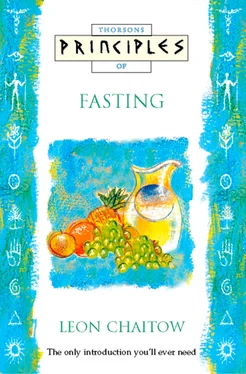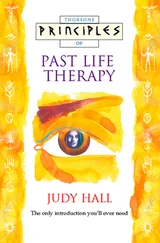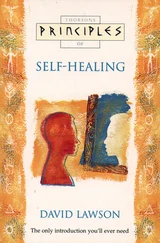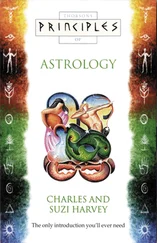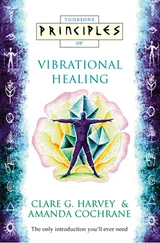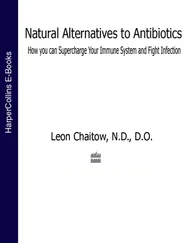To be fair, even when faced with the evidence of the value of fasting, many people will still opt for the dubious convenience of swallowing pills and potions rather than doing something for themselves to restore their health by methods which are slow, sometimes uncomfortable, and which involve effort and will-power.
Fasting involves commitment, acceptance of responsibility for getting well, and a dedicated sense of purpose, and these qualities are not always the first to present themselves when we are faced with a choice between a means of treatment which someone may not fully understand and something which has the backing of current medical authority.
This is why it is so important to be fully aware of the facts about fasting – including its drawbacks, requirements, benefits and potentials before embarking on its use.
There are several potential drawbacks to fasting which need to be highlighted at the outset.
Long fasts (of more than two days) require supervision by a suitably qualified health care professional. This raises the question of cost and time, since staying in a clinic (often for many weeks) where appropriate supervision is available, or paying for regular home visits over an extended period of time, could prove very expensive. Also, since awareness of the value of fasting is limited amongst orthodox medical practitioners, a level of determination is sometimes required to find someone suitably qualified. You will need to look for a fully trained naturopath, a German ‘heilpraktiker’, an Ayurvedic (traditional Indian medicine) practitioner or a clinical ecologist.
Many people find the whole idea of stopping eating for weeks on end too bizarre to contemplate, and they would undoubtedly have anxieties which could make the starting of such a process unwise. For the best results it is essential that the person fasting should be comfortable with the idea, aware of the processes involved, and happy to participate in the healing process.
There is evidence to suggest that because of the increase in levels of environmental toxicity, to which we are all exposed in one way or another, the progress of a fast is far less predictable than it was just 50 years ago when Lief and Shelton were at the peak of their practice of therapeutic fasting.
During a fast, such pollutants and residues from previous medical treatment (e.g. steroid medication) or from ‘social’ use (e.g. tobacco and other drugs) can be released when fat stores are used up – fat is where many toxins are safely stored or ‘dumped’ by a body overloaded with toxic debris – possibly producing reactions of an unpredictable nature as a ‘cocktail’ of chemicals hits the bloodstream.
Given the above drawbacks, which may preclude many from enjoying the benefits of fasting, what modifications are possible which might allow for fasting to be inexpensively and safely applied?
To avoid expense, to make the process less intimidating and, above all, to ensure greater safety – regular short fasts are suggested as an alternative to lengthy or ‘open-ended’ fasts.
The process of detoxification and healing is bound to be less dramatic with this alternative, but it is really the only option open if you cannot afford the expense or the time (leaving out the toxic danger referred to) needed for an open-ended, supervised fast.
In this compact but complete introduction to fasting for both health enhancement and spiritual growth, the different techniques and modifications of fasting (long and short) are explained, backed up by research evidence for its use in the treatment of various ailments. It also includes the pros and cons of using fasting as part of a weight maintenance strategy.
Associated detoxification methods are outlined – including various forms of hydrotherapy and the vexed question of supplementation (should you or shouldn’t you during a fast?).
Indications and contraindications to fasting are spelled out, so that by the end you will know when fasting should be used, when it is inappropriate, how to plan, prepare for and start a fast.
You will also have a good idea of what benefits, signs and symptoms to expect on a fast, what to do about breaking the fast (a very important consideration) as well as how often and for how long to fast, taking into account your age, health status, weight, etc.
Evidence is also presented to explain an unexpected bonus from fasting – the increased production of growth hormone (HGH) by the pituitary gland, which helps to retard the ageing process.
For most people, fasting can be a revitalizing experience, restoring energy and a clear mind, as well as helping to remove a host of minor symptoms, while encouraging the self-healing mechanisms of the body to regenerate and rebuild a level of well-being you have probably all but forgotten.
2
FASTING – ANCIENT AND MODERN
Partial or total fasting has been used for thousands of years by many religions and cultures as a means of increasing spiritual awareness and religious observation. For example, in Islamic tradition the period of Ramadan is characterized by complete abstinence from food or water during daylight hours for a period of a month. In the Jewish religion a fast day (no food or water) occurs during the ‘Day of Atonement’ (Yom Kippur) and yeasted grain products are avoided during the feast of the Passover, while Christianity has its Lent period when consumption of animal products are restricted prior to Easter.
Biblical descriptions of lengthy fasts are common, with the emphasis on the heightened levels of spiritual awareness that they lead to, and texts also exist showing fasting to be part of pagan ritual, for instance in classical Greek tradition hundreds of years before the Christian era. 1
Fasting as a health enhancing method also dates back to prehistory, with records of the great physician Hippocrates employing fasts as part of his healing regime for many patients.
‘When one feeds a sick person, one only feeds the sickness.’ ( Hippocrates 460–377 BC )
In more recent times the use of fasting as a therapeutic measure has been most widespread in Germany, the UK, Scandinavia and the USA. In these countries in particular there has been a good deal of research which shows the value of fasting in a wide range of diseases, some of which is recounted below.
One of the first doctors to widely advocate fasting in the USA was Isaac Jennings (1788–1874) who eventually abandoned the use of drugs and relied on a programme of vegetarian eating, pure water, sunshine, exercise, emotional balance, rest and fasting to bring about a restoration of health in his patients. With the assistance of a Presbyterian preacher, Sylvester Graham, Jennings promoted his Natural Hygienic methods which became extremely popular as an alternative to the indiscriminate and dangerous drugs in use at the time (early 1820s).
At much the same time in Germany and other parts of Europe the development of a Nature Cure tradition of healing closely mirrored that of the Hygienists, with priests such as Father Kneipp promoting both herbal methods, hydrotherapy and fasting. Towards the end of the nineteenth century the German physicians Henry Lindlahr and Benjamin Lust took these methods to the USA where, with aspects of the Hygienist concept, they and other doctors using the German tradition developed what became Naturopathic Medicine, which had fasting as one of its core strategies (along with dietary reform, herbal medicine, hydrotherapy, physical exercise and manual methods) of health promotion.
Читать дальше
